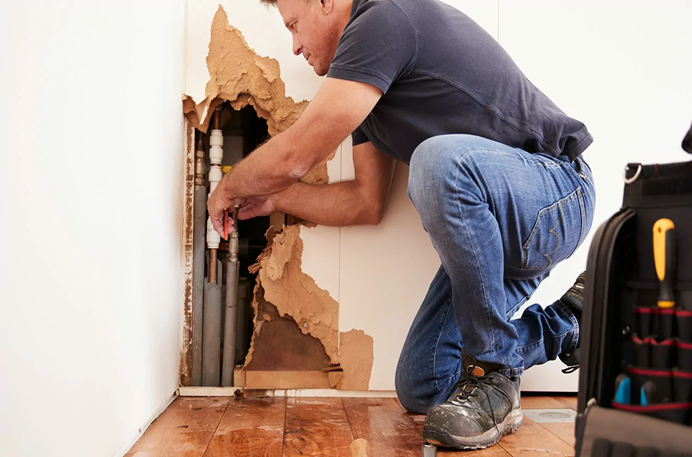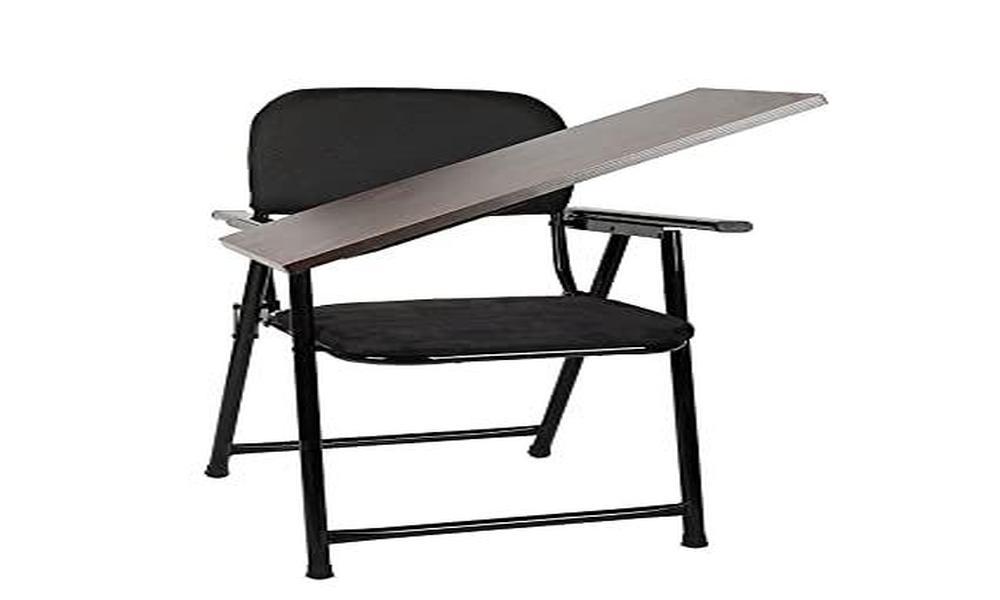Leasing a property—whether it’s your first apartment or your fifth—can be an exciting step. But it also comes with potential pitfalls that can cost time, money, and peace of mind. To help tenants make informed decisions and avoid common mistakes, here’s a comprehensive Leasing Checklist klist to guide you through the process.
1. Research the Area
Before signing any lease, take the time to thoroughly research the neighborhood. Check for safety, proximity to work or school, availability of public transport, and local amenities like grocery stores and hospitals. A desirable property in a poorly located area can quickly become a burden.
2. Inspect the Property
Never lease a home or apartment without conducting a detailed walkthrough. Look for signs of damage, mold, pest infestations, and poor maintenance. Test faucets, light switches, windows, doors, and appliances to ensure everything is functioning. If possible, take pictures or videos during your inspection to document the unit’s condition before move-in.
3. Read the Lease Carefully
This step cannot be emphasized enough. Read every clause in the lease agreement, including details about rent amount, due dates, security deposit, pet policies, subletting rules, maintenance responsibilities, and penalties for early termination. If anything seems unclear, ask the landlord for clarification or seek legal advice before signing.
4. Verify Landlord Credentials
Scams are more common than you think in the rental market. Make sure the person you’re dealing with is the actual landlord or an authorized property manager. Avoid paying any money until you’ve verified their identity and legitimacy. Online reviews or landlord references from past tenants can provide helpful insights.
5. Understand the Security Deposit
Know how much deposit is required, how it will be held, and under what circumstances it can be withheld. Some landlords might deduct from your deposit for normal wear and tear, which is not legally acceptable in many areas. Confirm what cleaning or repairs you’ll be responsible for upon move-out.
6. Know Your Rights and Responsibilities
Familiarize yourself with local tenant laws and rights. Each state or country has different regulations regarding rent increases, eviction notices, repairs, and tenant privacy. Understanding your legal standing helps you deal confidently with any disputes that may arise.
7. Check for Hidden Costs
Besides rent, you might be responsible for utilities like electricity, water, gas, internet, garbage removal, and parking fees. Ask the landlord about all additional expenses in advance to budget accurately. Also, inquire about renters insurance, which may be mandatory.
8. Document Everything
Keep copies of all correspondence, receipts, and signed documents. If you report maintenance issues, do it in writing via email or a messaging platform that logs dates. Documentation is vital if you need to prove your case in a legal dispute later on.
9. Ask About Lease Renewal and Exit Terms
Find out how and when lease renewals are handled. Ask what happens if you need to move out early. Some leases have stiff penalties or require lengthy notice periods, so it’s crucial to understand these terms upfront.
Conclusion
Leasing a rental home should be a positive experience, not a stressful one. By following this leasing checklist, you can protect yourself from common rental mistakes and ensure a smooth and fair tenancy. Remember: informed renters make better decisions—and fewer costly errors.




